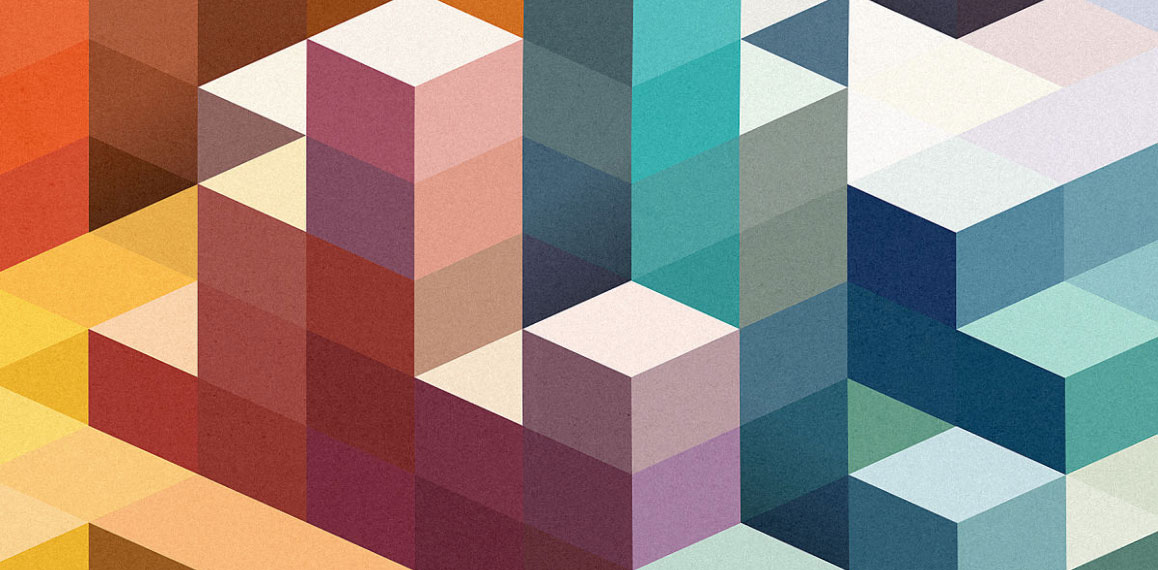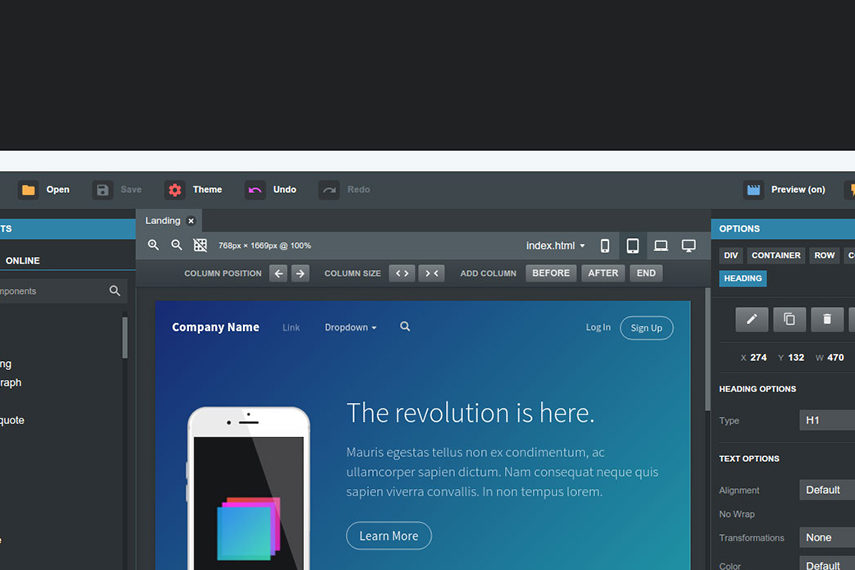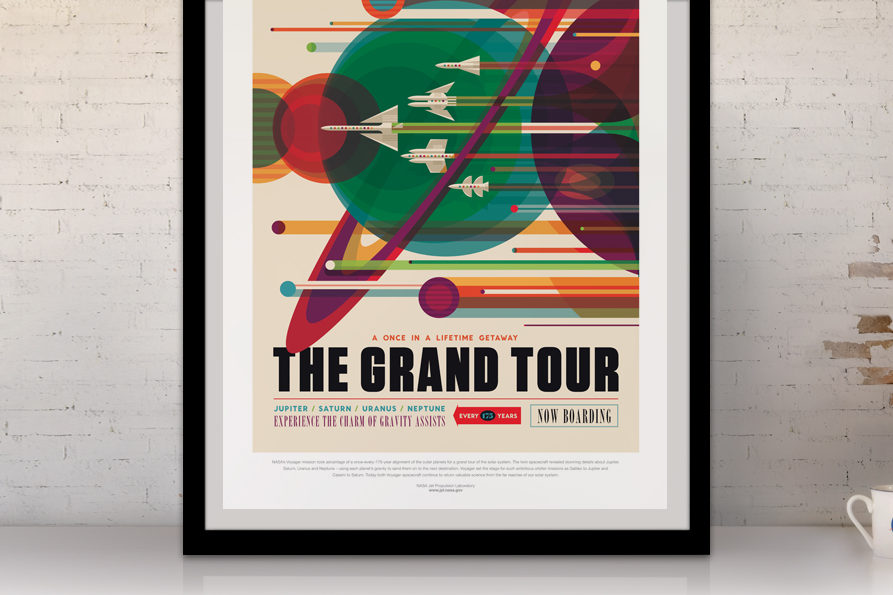I believe that there are underlying principles of design that transcend creative disciplines. When harnessed, they allow those in the creative industry to draw inspiration from unexpected sources and expand the way they approach design on all levels.
I’ve been in the creative industry for a little over 20 years. When I graduated college and began my career as an enthusiastic print designer, I loved everything about my field of study. I was back then, as I am now, extraordinarily passionate about clean typography, bold color palettes, strong composition and a balance of visual elements. Above all though, I believe that in any type of design, form must always follow function. Designs I created for my clients then were a direct reflection of this. At the time I thought I had it all figured out… had my finger on the pulse of design. It was only later I learned that I was limiting myself and my creative potential by failing to expand my line of sight beyond my comfort level.
I’m sure you’ve heard the phrase “Knowledge is Power”. For as long as I can remember, I’ve taken every opportunity to soak up knowledge wherever and whenever I can. Over the years I had the pleasure to learn through the diverse skill sets of the people I interacted with; and not just those who had more experience than I do but those that had an entirely different perspective than I do. This contrast forced me to look at my own creative ideas from every possible angle and in some cases it led me to question my own design decisions. It forced me to think objectively and improve my methods of implementation.
A Better Understanding
Over time I began to realize that the same fundamental principles of design that I was applying to print design also applied to nearly every field of design. It was at this point, that my eyes opened to new untapped areas of creative exploration. To broaden my source of inspiration I began looking into web design, UX design, UI design, exhibit design, interior design and brand design. I jumped at the opportunity to not only learn more about these areas but apply what I learned. This multi-disciplinary approach was a turning point in my career as a designer.
It’s sometimes scary to tackle something you know nothing about but if you think about it, everyone who is now an expert in their field began at square one. I felt this way when I first got into web design. Writing code was like learning a foreign language but that didn’t stop me and before long I reached new levels of compression. In late 2004, I was asked to design a branded graphic solution for a very large exhibit space. I had never worked on anything like it before but despite my lack of experience, I didn’t view this as an insurmountable task. Rather I saw it as a way to expand from a 2 dimensional canvas to a 3 dimensional one and set out to learn everything I could about exhibit design. What I discovered was that with every new challenge I faced within my career, I could map my solutions back to the same design ideals and principles that I used when I began the journey. My thirst for new inspiration and knowledge always kept me asking the question “What’s next?”… allowing me to continually challenge myself.
Defining Success
One day when I was discussing some industry related topics with a colleague, she asked me what I thought “makes a design successful”. Much like art, design can be somewhat subjective, making it difficult to quantify. On a personal level though, I’ve always viewed every project much like a puzzle that is solved when all pieces fit perfectly together, so I just know when something just feels right. However, it’s never been what “I” think of a design that measures it’s success or brings me pride, it’s what others think of it. To me the answer was fairly clear. A successful design in my mind has always been one that elicits an emotional response in the people that interact with it. It’s that type of response that has a greater potential to lead to action by the viewer which in turn can lead to a more definitive measure of success.
To achieve this though, means you must truly understand your target audience and the goals and objectives of the project. I’ve always made a point not to let my own personal style overshadow the creative process. Rather, I rely on discovery sessions with my clients to determine the best course of action. During this exploration I try to cast a wide net in order to gather as much information as possible, information such as the target audience; value proposition; long term and short term goals; and company history as well as brand history. I then review what I learned and conduct my own research, before I begin the creative process. This methodical approach ensures I’m on the same page as my client. It also helps create validation for any visual solutions I develop. To me this is the only logical path to a success.
2






Comment